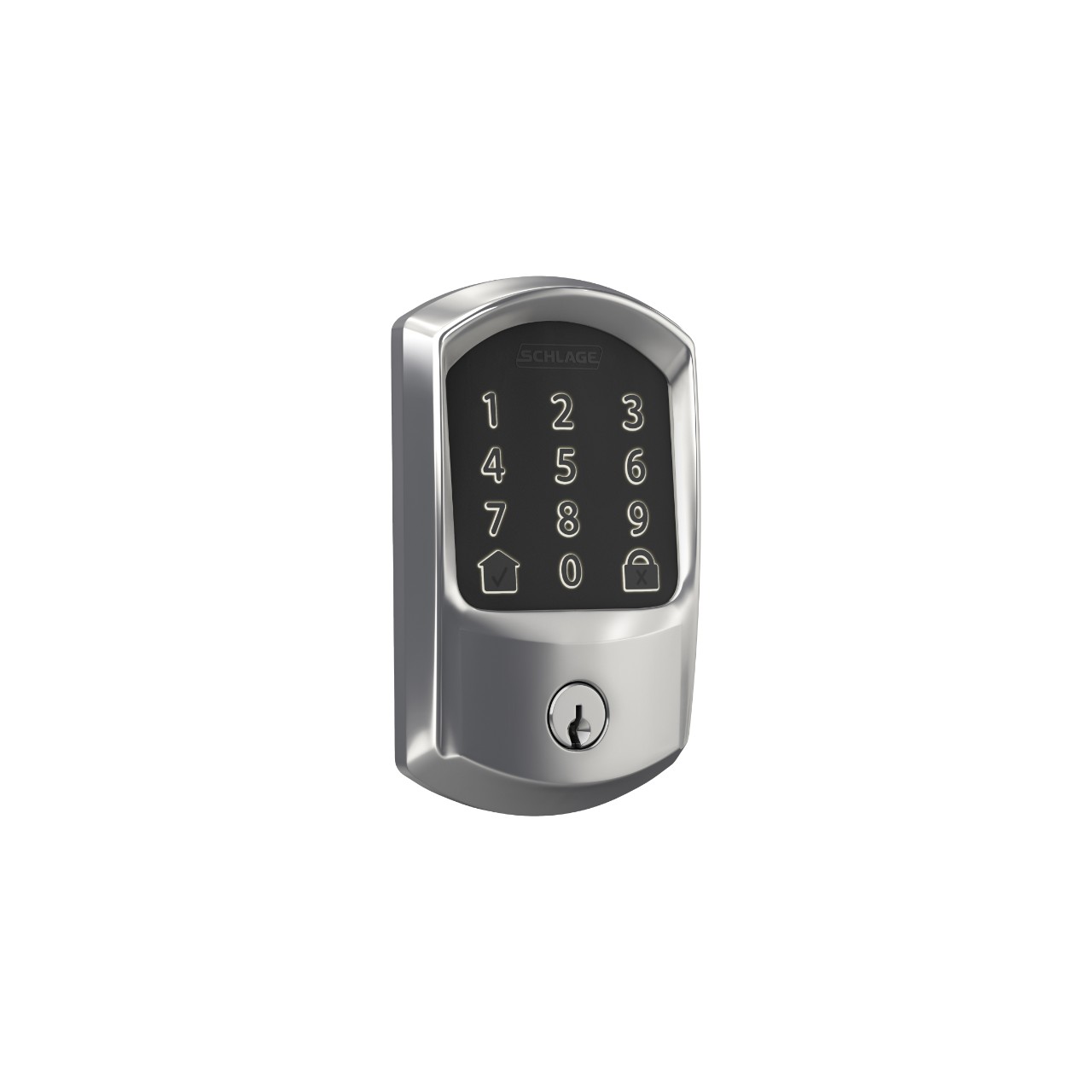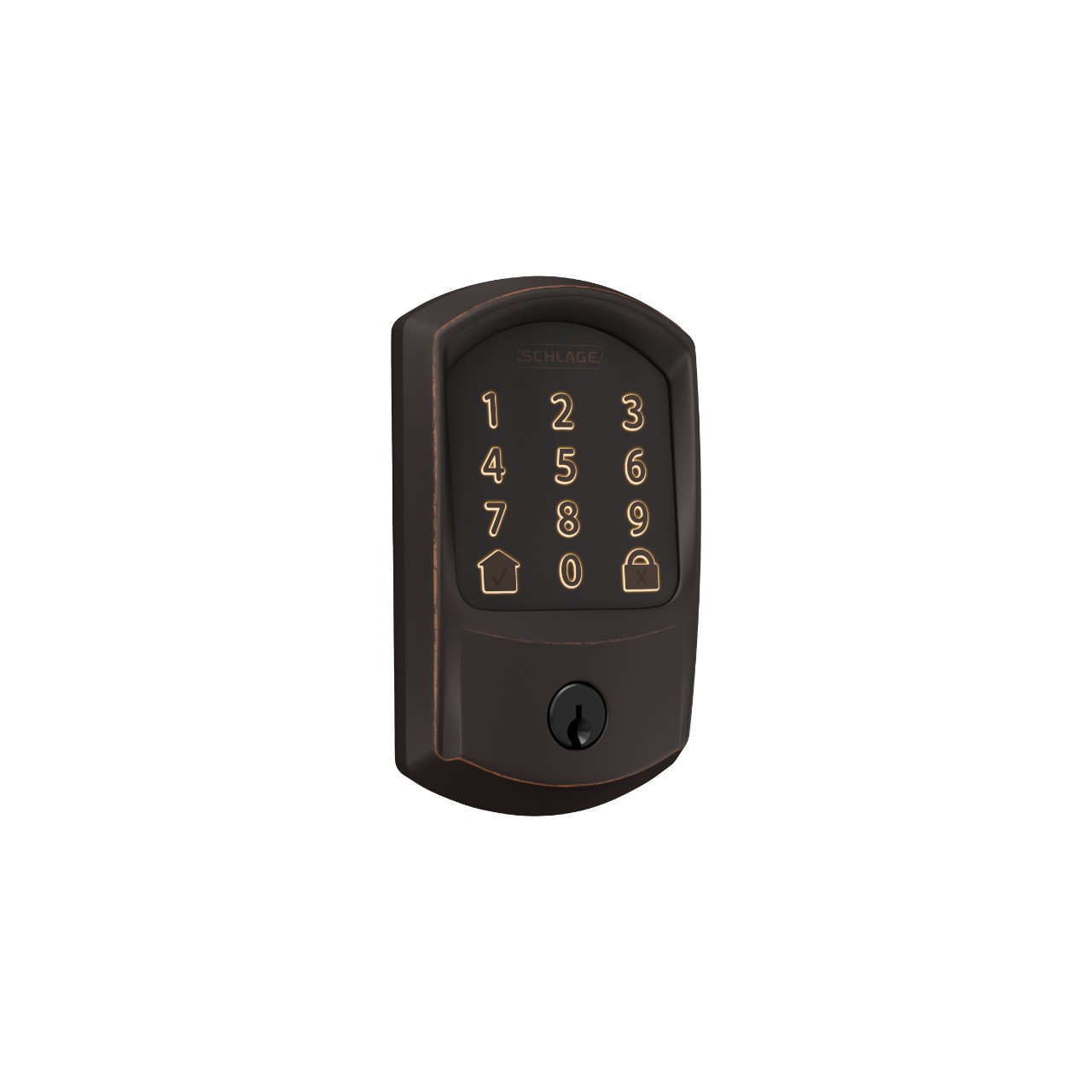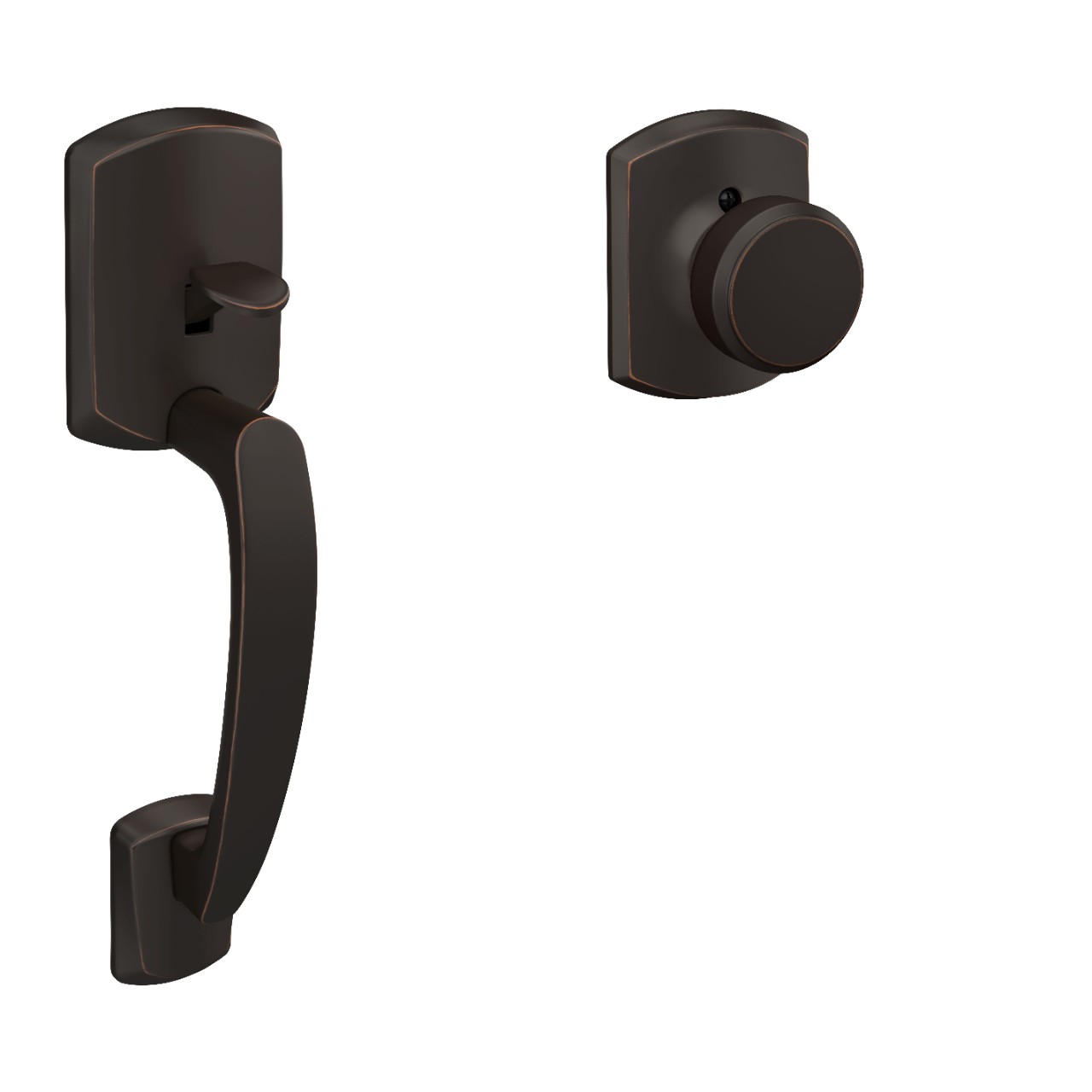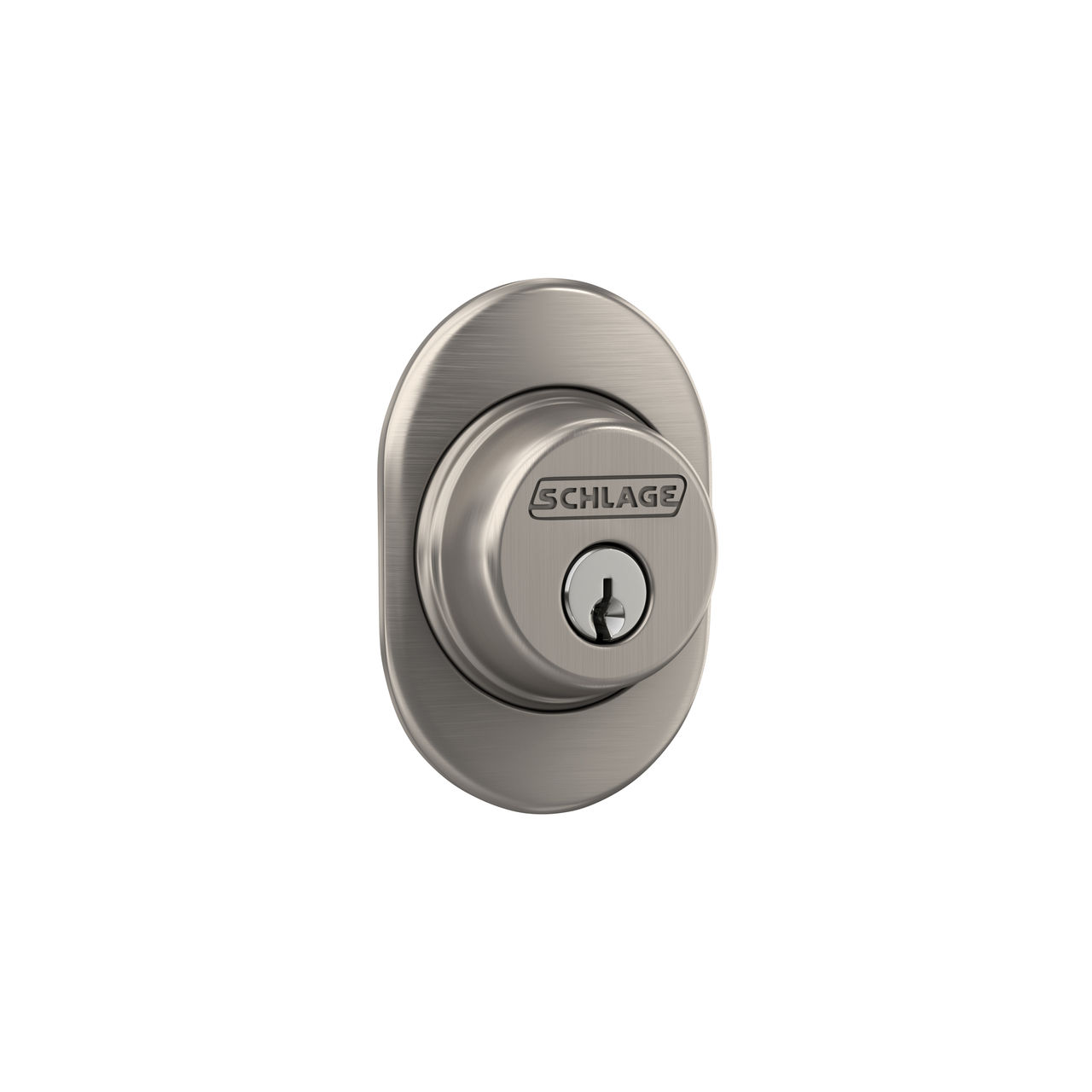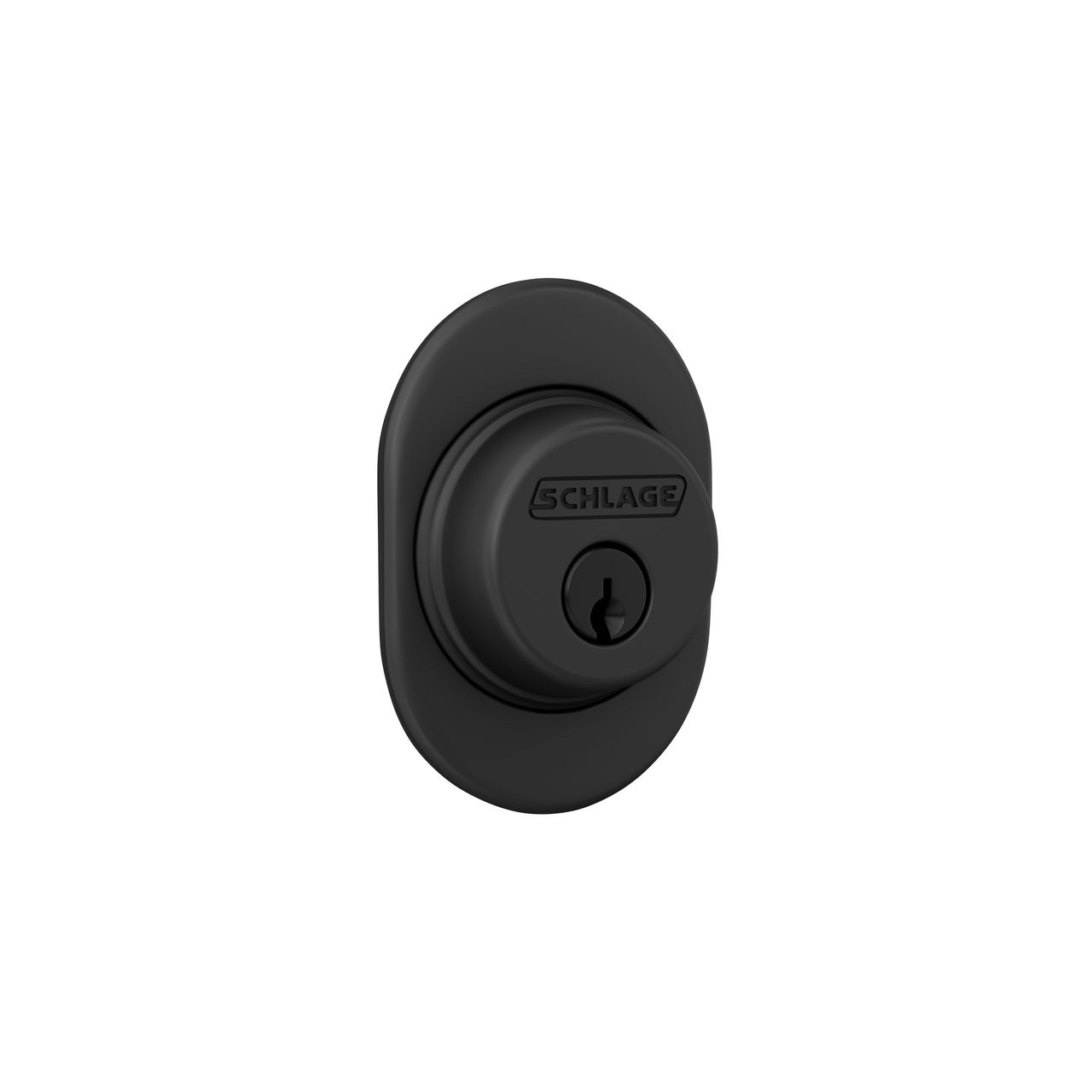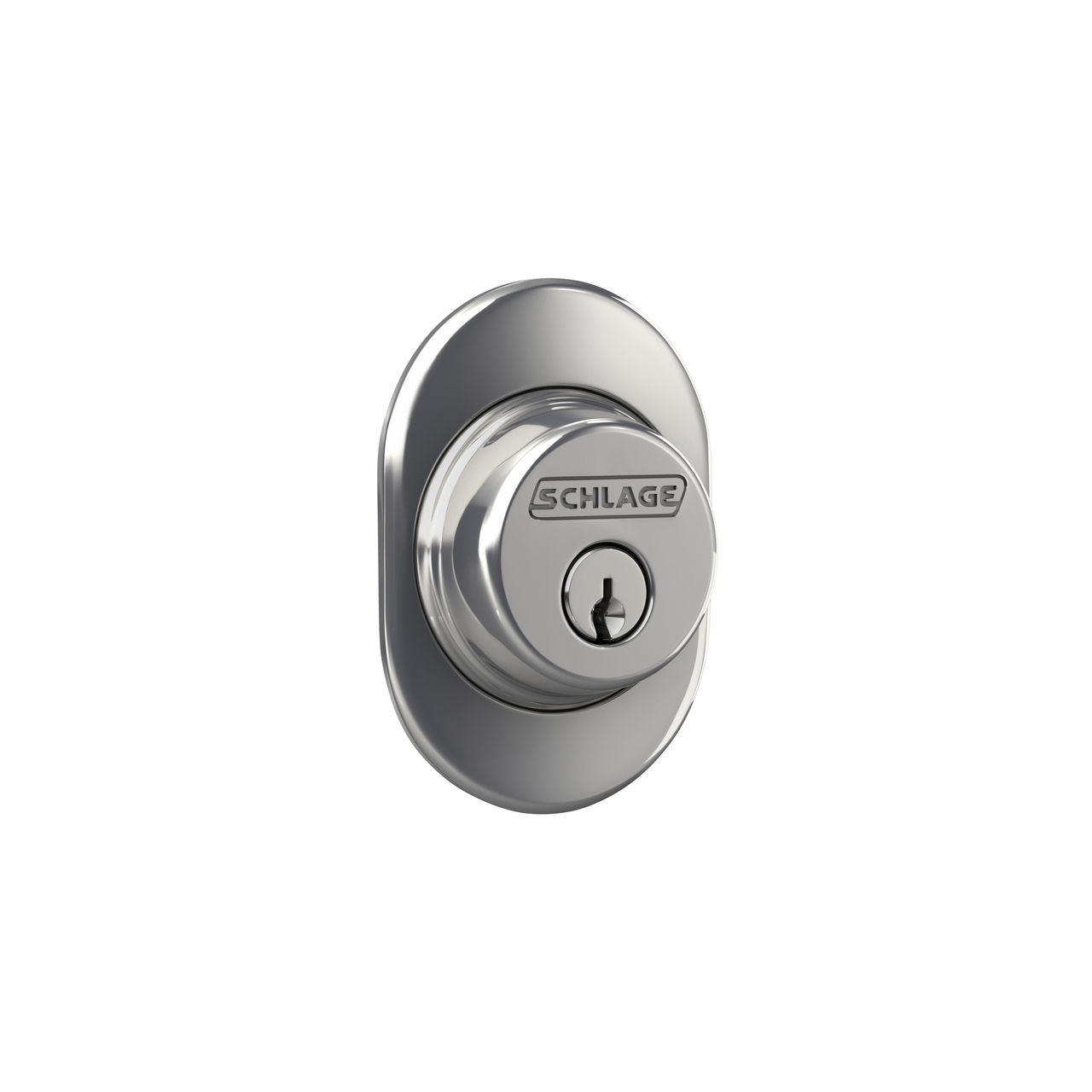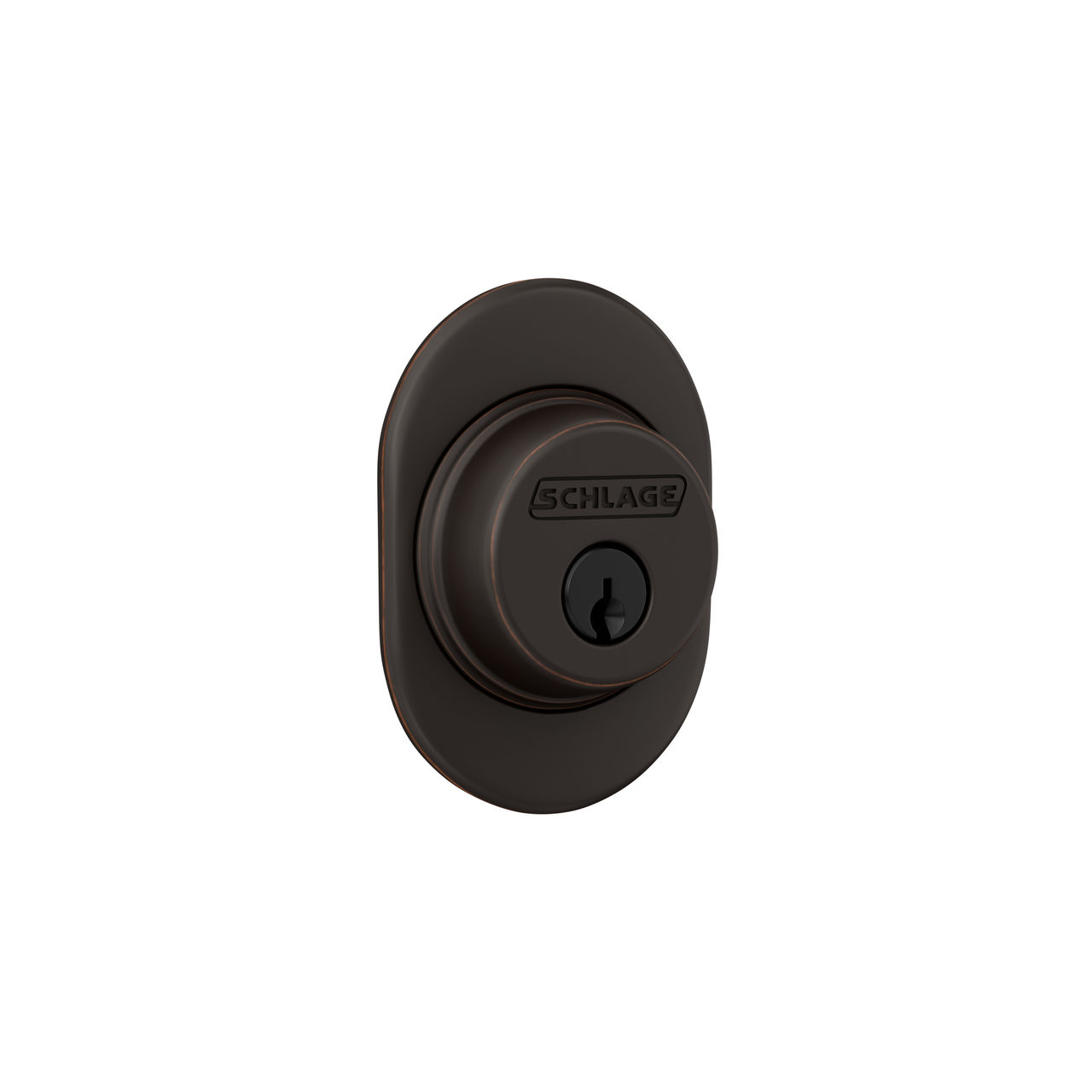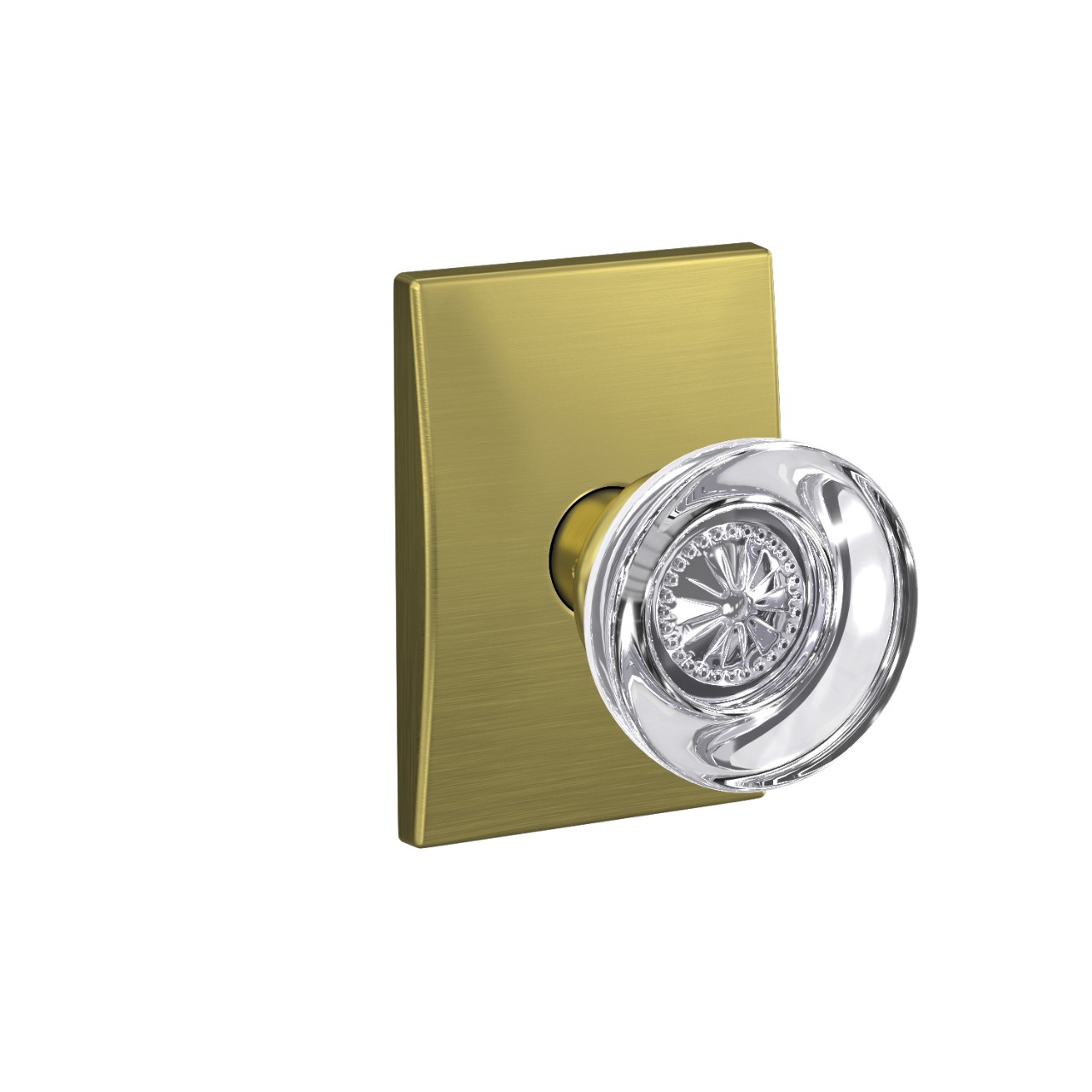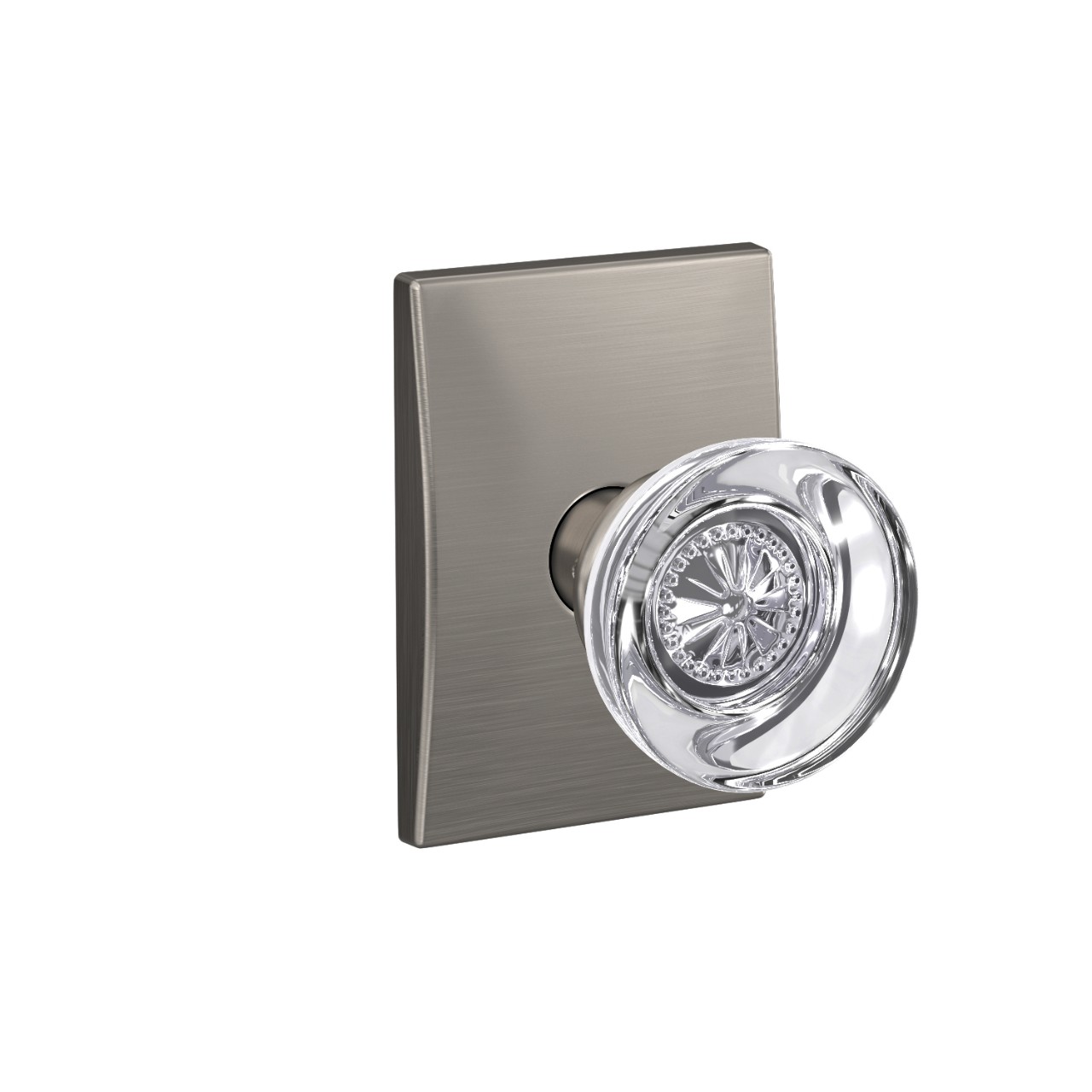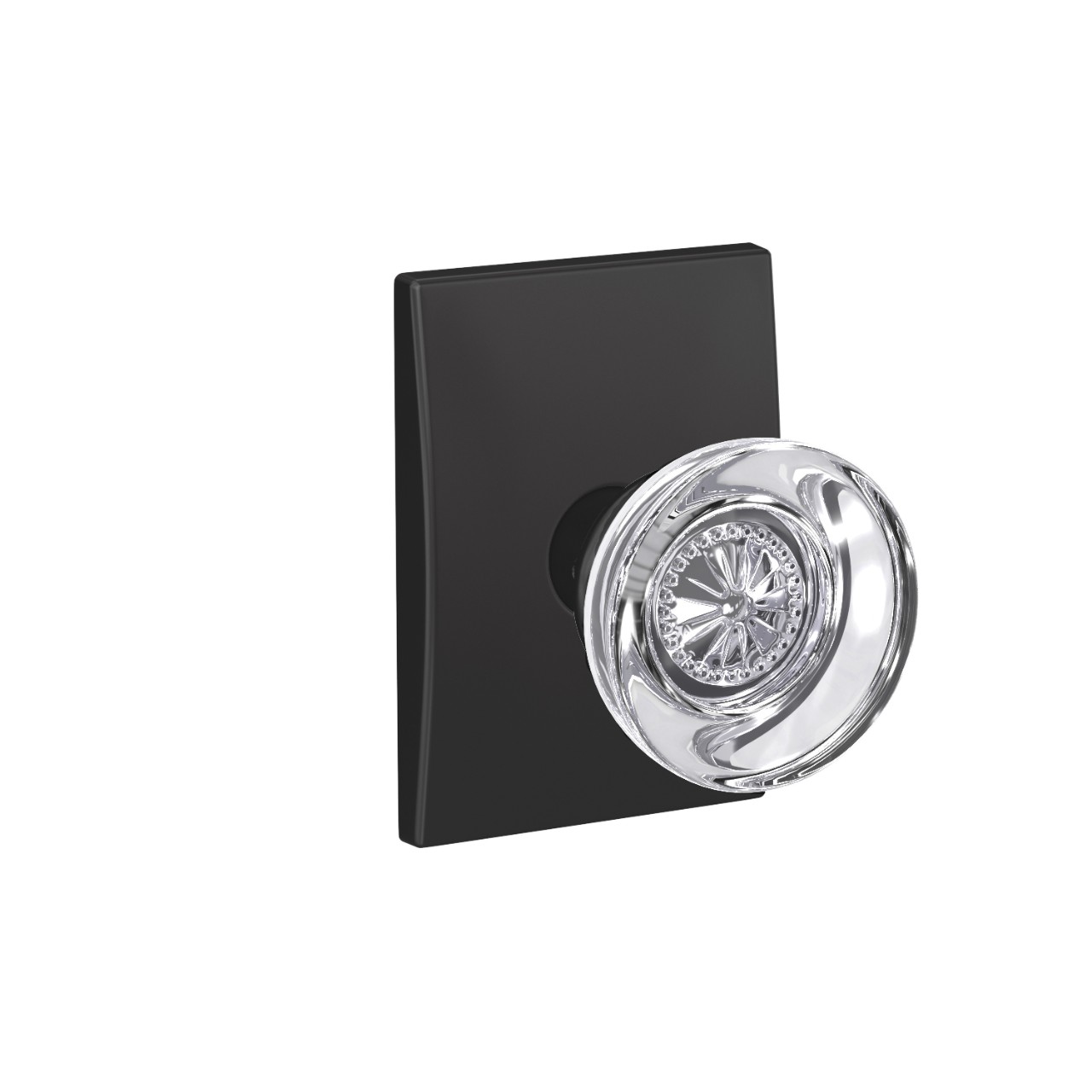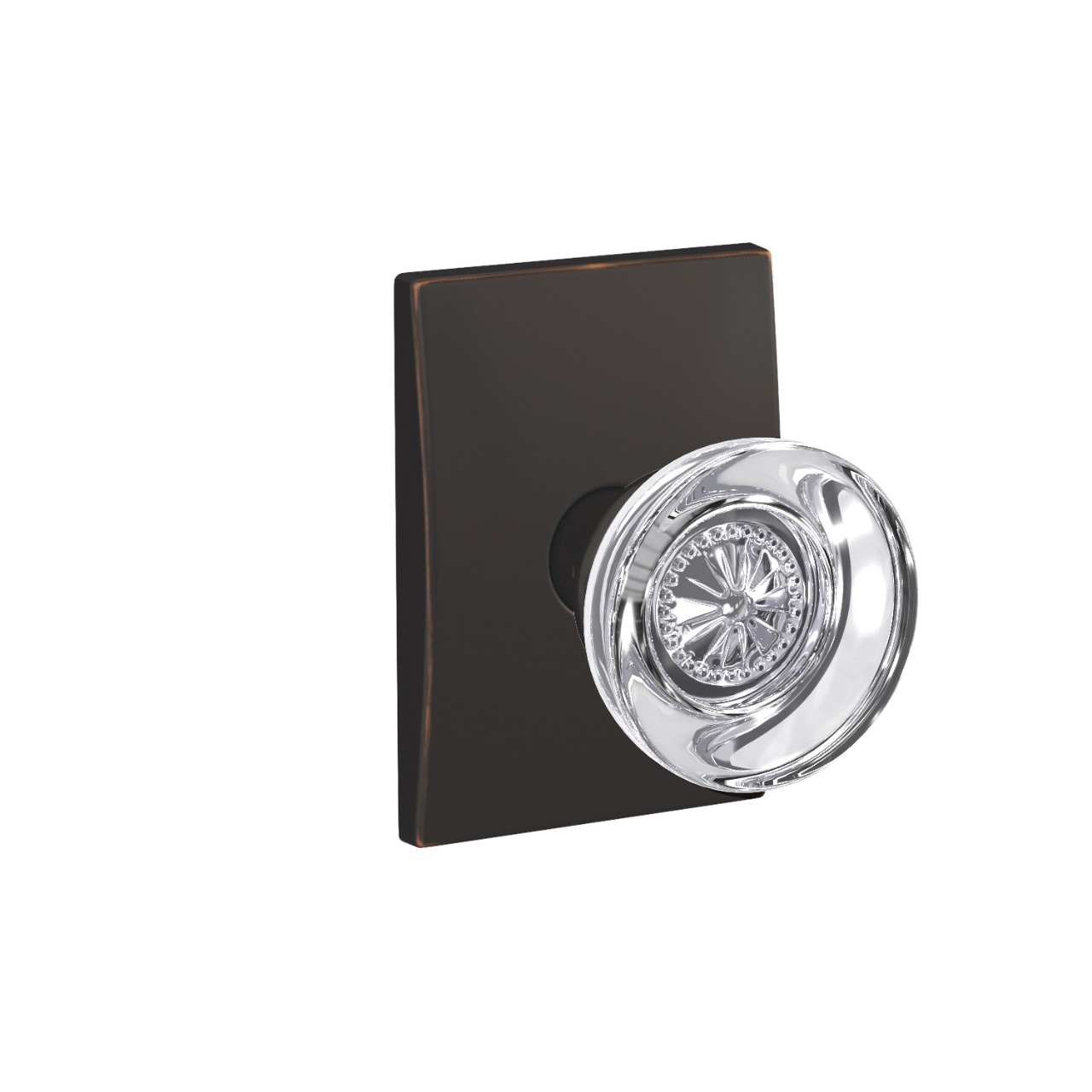

No, it’s not a spicy green paste. Wabi-sabi is much cooler. And cozier. International flavors continue to influence our home décor, and wabi-sabi is just one that could be piquing your interest. So what is it exactly and how do you use it in interior design? Find out with our guide to wabi-sabi.
What is wabi-sabi?
Wabi-sabi is a centuries-old philosophy, so let us give you the Reader’s Digest version. In 14th-century Japan, Buddhism described wabi-sabi as a combination of rustic simplicity, specifically the positive aspects of living alone in nature (wabi) and the beauty of imperfection (sabi). In other words, when we seek wabi-sabi, we learn to find peace and comfort in natural flaws and the graceful aging that comes with time and experience.
So when you’re searching for wabi-sabi, turn away from pristine glass-and-steel structures and instead look toward weathered wood, hand-thrown clay and uniquely woven textiles.
How do you use wabi-sabi in home decor?
If we had to drill wabi-sabi down to a few basic rules, we would recommend (1) focusing on bringing the outdoors in, (2) introducing one-of-a-kind rustic pieces and (3) balancing form and function because as The Spruce explains it, you only want to keep what is “essential to a calm and happy spirit.” Here’s how to get started.

Natural materials
With traditional Japanese style, you might think natural materials have to be bamboo or cane. This isn’t wrong, but wabi-sabi includes so much more. Any kind of wood, typically in light- to medium-tones, can be used. You’ll often see exposed-wood furniture frames softened with neutral-colored cushions for chairs.
Natural colors and lighting
With such an emphasis on natural materials and nature-induced calmness, it should come as no surprise that a wabi-sabi color palette is also inspired by the outdoors. You’ll see plenty of browns – tan to beige to darker walnut – as well as grays and deep earthy greens. Because natural lighting is important in wabi-sabi design, many homes will choose lighter overall décor with darker accents sprinkled throughout. Accent pieces – a two-tone chair, an armoire with dark inlays – are often in blacks or charcoal but you’ll also see more colorful splashes like terracotta.
Rounded shapes
You don’t find perfectly straight lines in nature. Rivers meander, clouds float in amorphous wisps, tree branches twist. When you’re creating the natural wabi-sabi look at home, you want rounded edges and curves. Where you choose to use these shapes is entirely up to you. It could be in the silhouette of a chair, with a ball-shaped paper lantern-style light fixture or crescent-shaped mirrors. Particularly popular right now are mushroom forms, especially for accessories like vases and lamps.

Aged
Wabi-sabi embraces age – in décor as much as in people – because it sees age as necessary for valuable experience. In much the same way people love old houses for their charm and character – the creaky floor boards, odd nooks and crannies, and wavy window glass – homeowners embrace wabi-sabi for the personality it reveals. In a way, it gives us permission to showcase less-than-perfect, but equally desirable, qualities.
Lean toward the vintage and weathered rather than modern. As the writers at Martha Stewart put it, “If an old chest has significance to you, for example, a missing drawer pull doesn't have to be an eyesore. It can also be a sign that the piece has been used and enjoyed.”
Mistmatched decor
If identical chairs or those oversized matching bedroom suites of the 1990s feels restrictive, wabi-sabi could be for you. Mixing your décor – mismatched end tables, seating upholstered in different but complementary colors – releases you from the idea of perfectionism through symmetry.
Because wabi-sabi, and the related Japandi style, have ties to minimalism, you want to avoid being overly decorative. Instead, intentionally choose the exact two chairs you love or pair simple linen shades with a more exotic rug to get the perfect look using a mere few pieces. Capture calm through simplicity.

Now that you're an expert in Wabi-sabi, don't forget to update your door hardware to match your newly designed rooms. It's these little details that pull a room together. We've collected a few to consider in the Related Products below. And don't forget to visit our style section to see what's trending in interior design.
Related Products
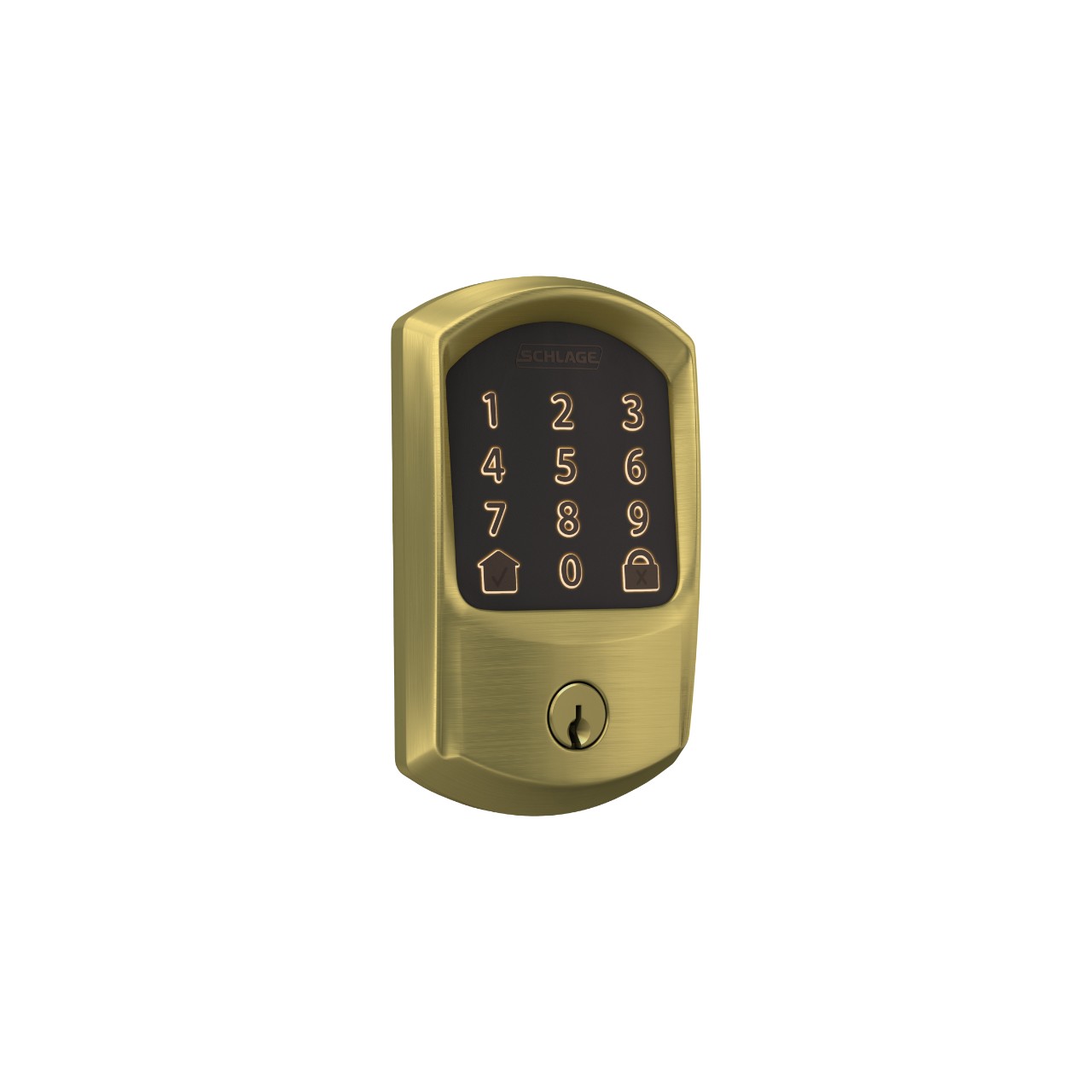
Schlage Encode™ Smart WiFi Deadbolt
Greenwich TRIM
From $274.00
From $274.00
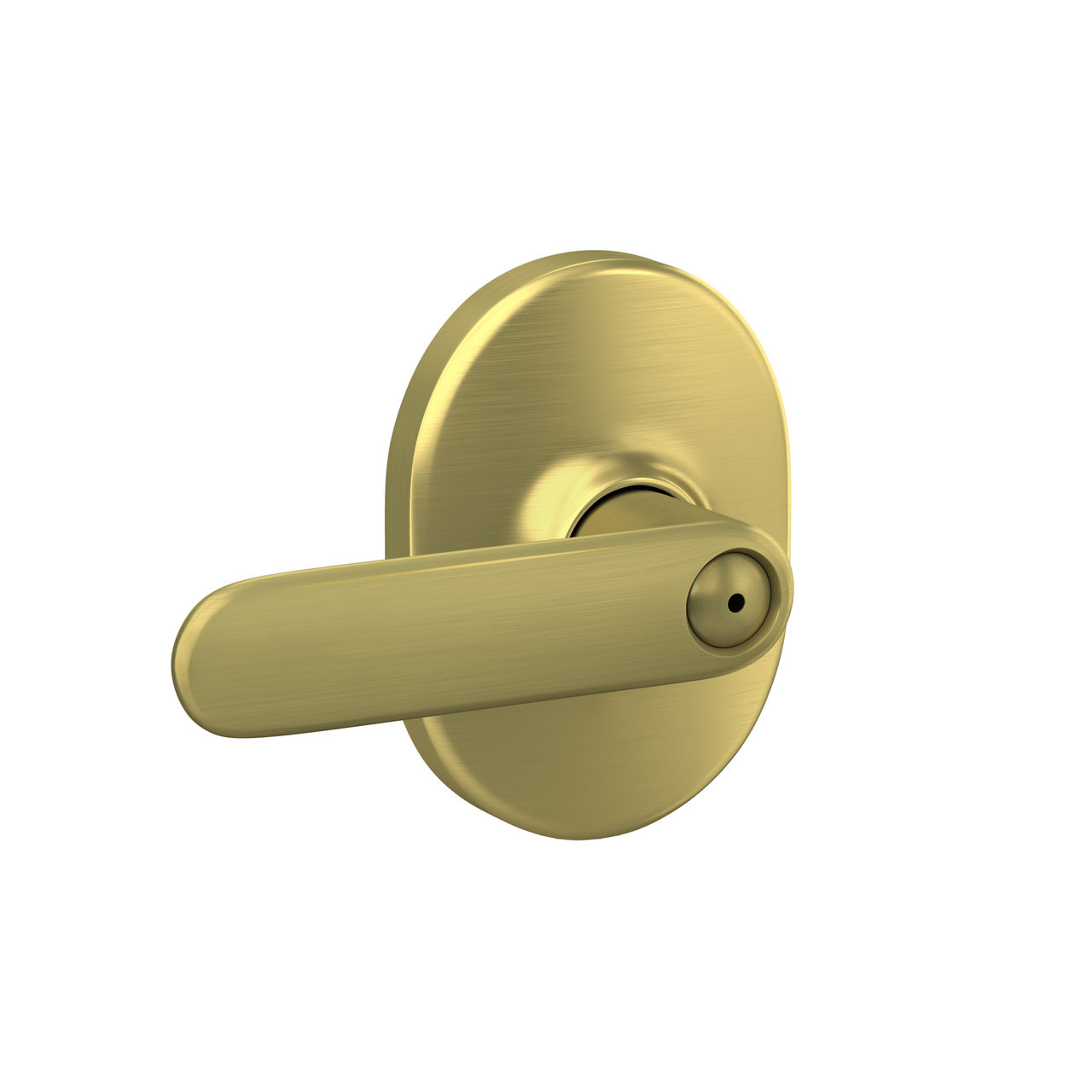
Davlin Lever Bed & Bath Lock
Remsen TRIM
From $43.99
From $43.99
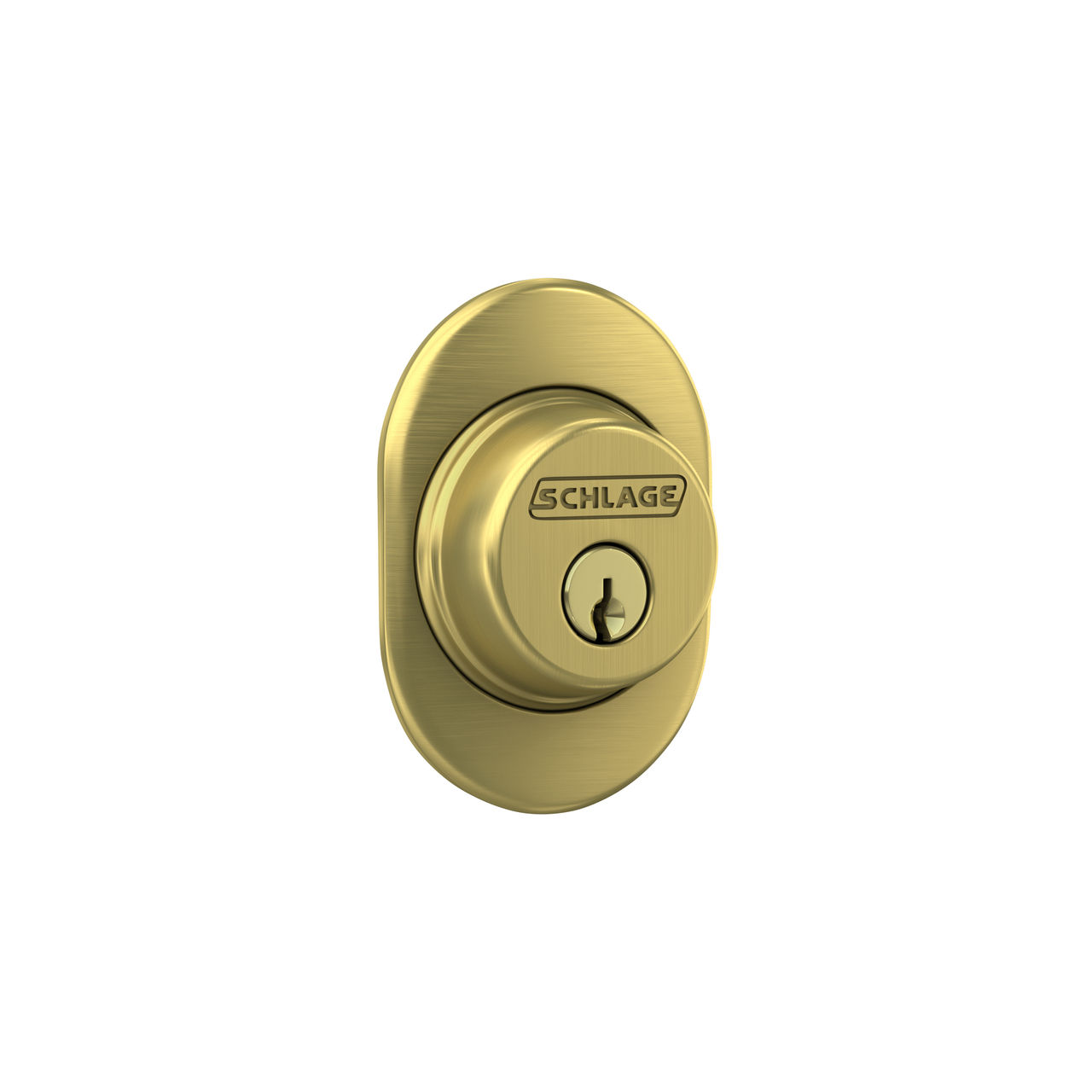
Single Cylinder Deadbolt
Remsen TRIM
From $43.99
From $43.99
Unlock more ideas
Never miss a beat - get the latest product updates, style tips and DIY tutorials sent right to your inbox.



